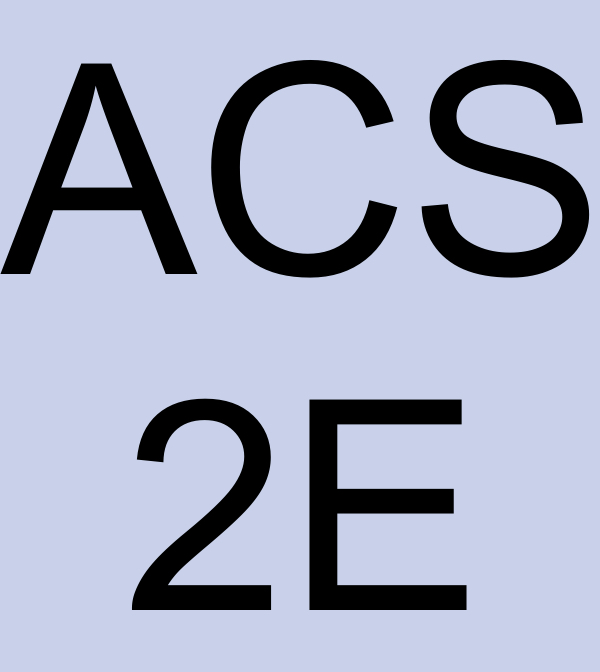Activity 3.1.3.
A television camera is positioned 4000 feet from the base of a rocket launching pad. The angle of elevation of the camera has to change at the correct rate in order to keep the rocket in sight. In addition, the auto-focus of the camera has to take into account the increasing distance between the camera and the rocket. We assume that the rocket rises vertically. (A similar situation is discussed and pictured dynamically in this interactive graphic. Exploring the interactive will be helpful to you in answering the questions that follow.)
(a)
Draw several figures that show the rocket at different points in time. What quantities are changing? What quantities are constant? Introduce appropriate variables to represent the quantities that are changing.
(b)
Find an equation that relates the camera’s angle of elevation to the height of the rocket, and then find an equation that relates the instantaneous rate of change of the camera’s elevation angle to the instantaneous rate of change of the rocket’s height (where all rates of change are with respect to time).
(c)
Find an equation that relates the distance from the camera to the rocket to the rocket’s height, as well as an equation that relates the instantaneous rate of change of distance from the camera to the rocket to the instantaneous rate of change of the rocket’s height (where all rates of change are with respect to time).
(d)
Suppose that the rocket’s speed is 600 ft/sec at the instant it has risen 3000 feet. How fast is the distance from the television camera to the rocket changing at that moment? If the camera is following the rocket, how fast is the camera’s angle of elevation changing at that same moment?
(e)
If from an elevation of 3000 feet onward the rocket continues to rise at 600 feet/sec, will the rate of change of distance with respect to time be greater when the elevation is 4000 feet than it was at 3000 feet, or less? Why?

